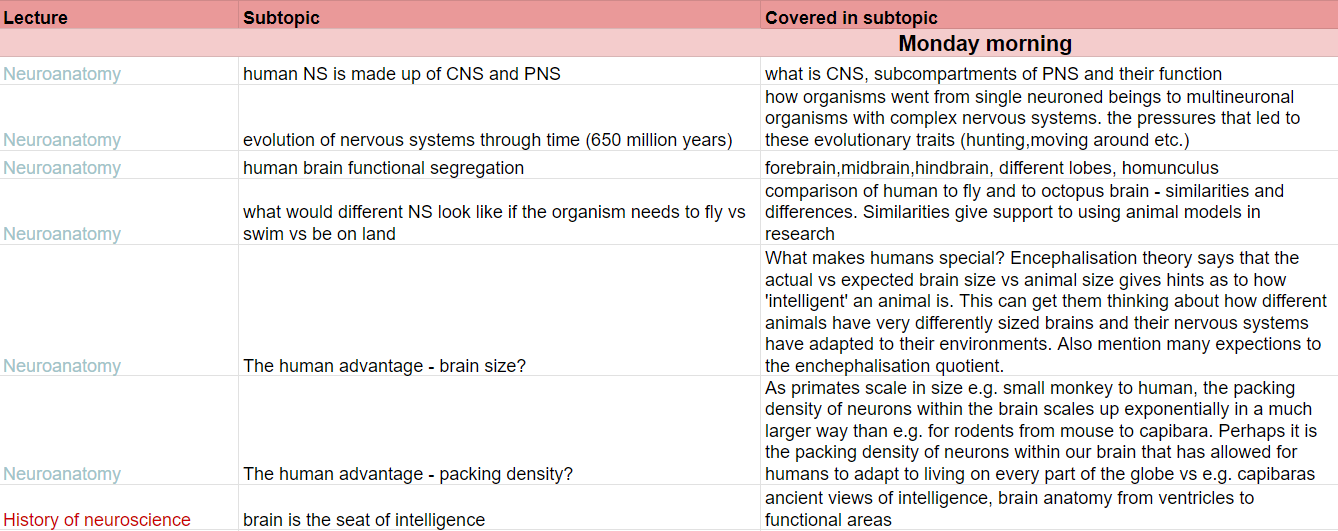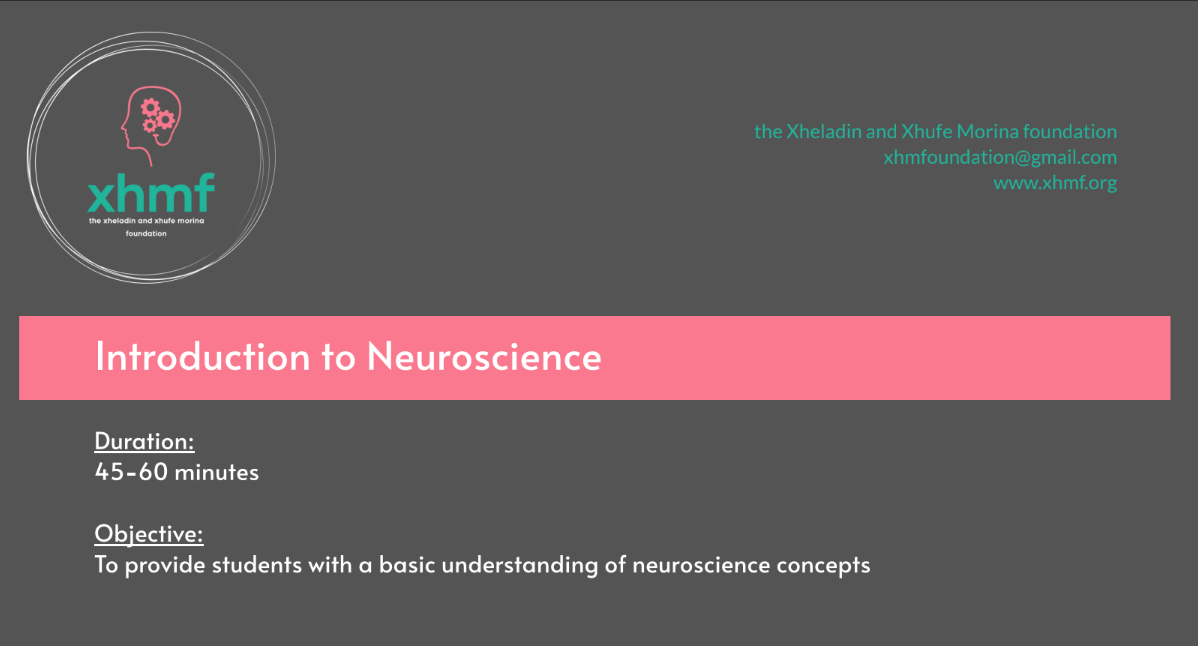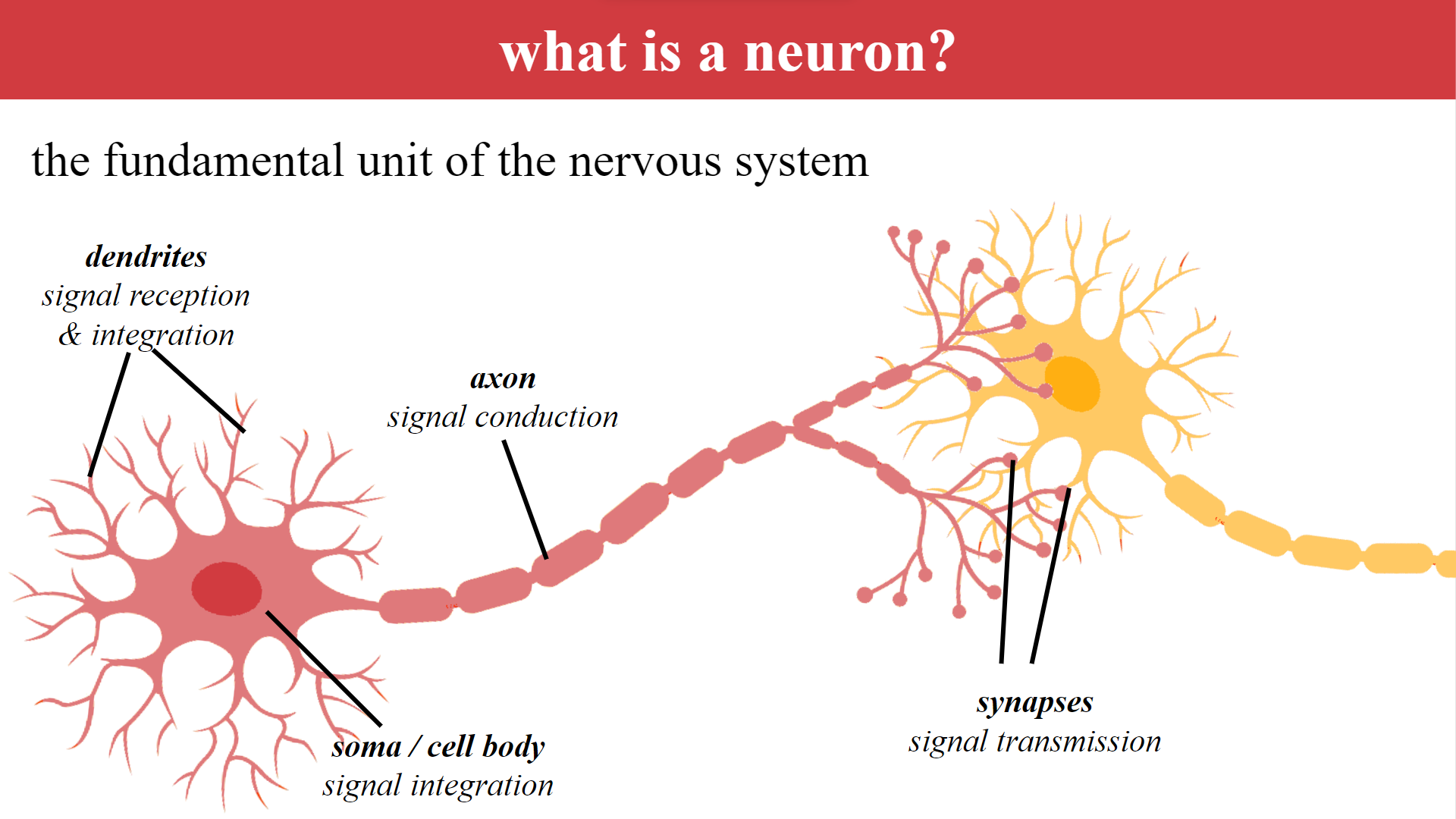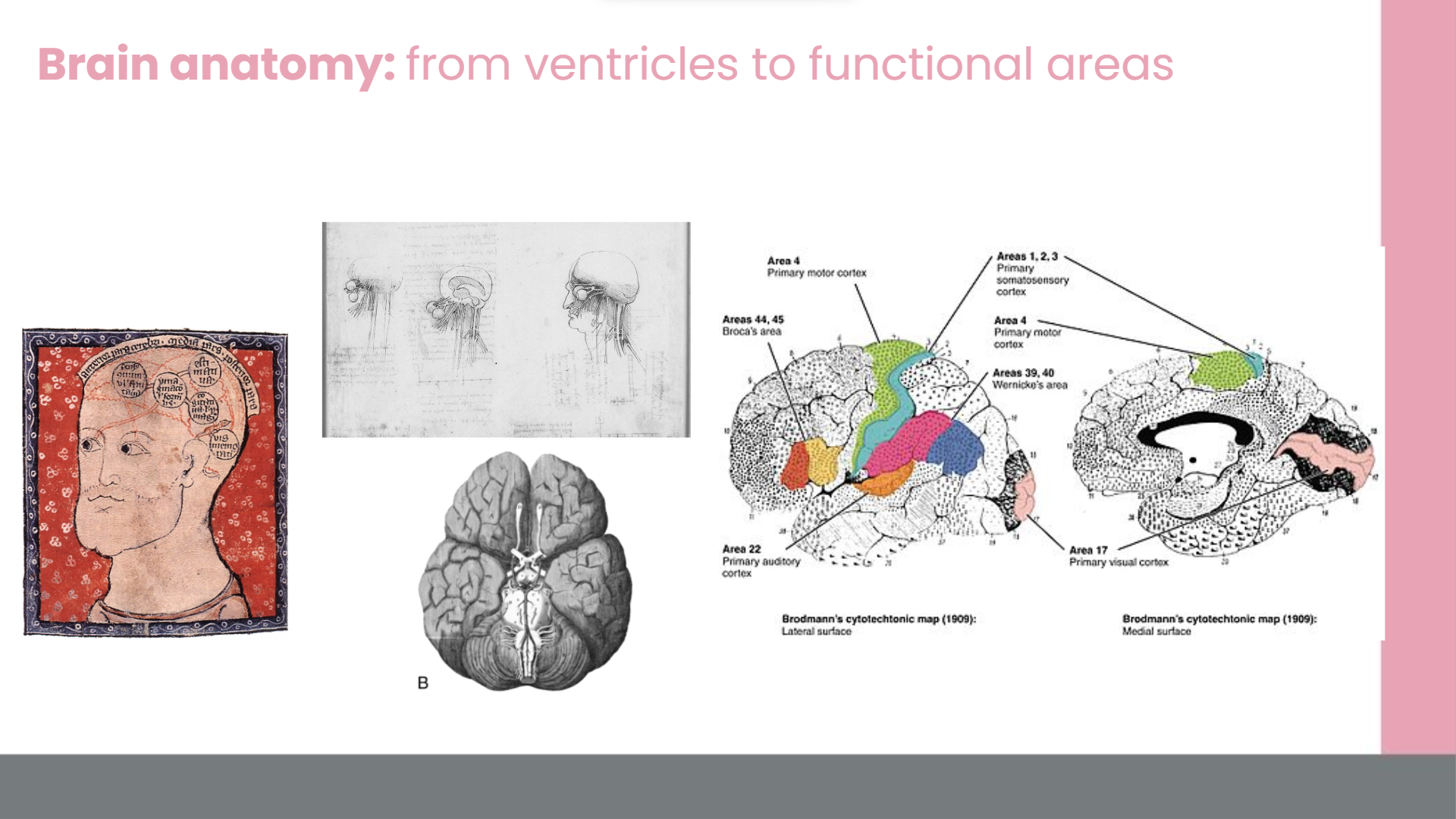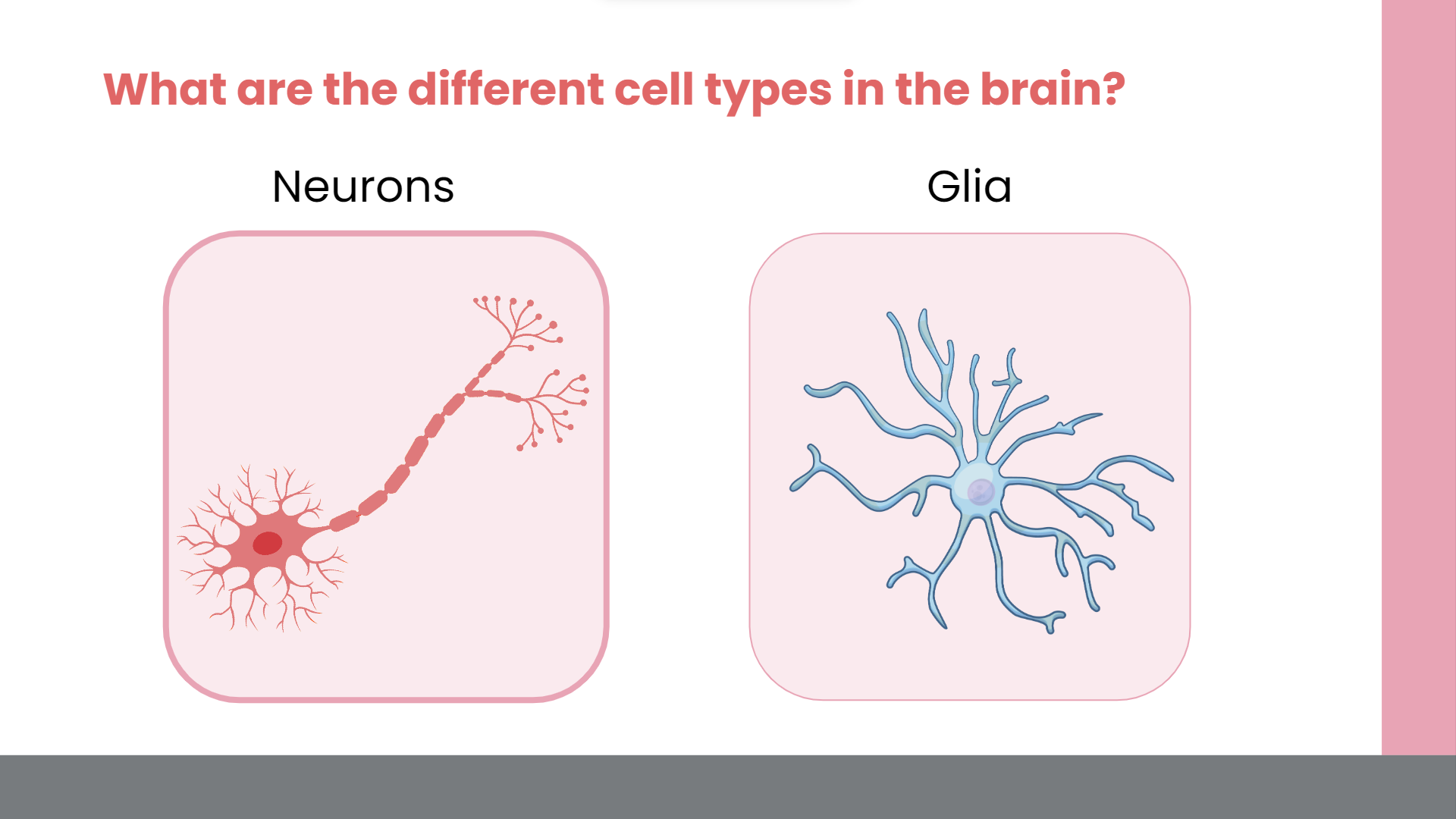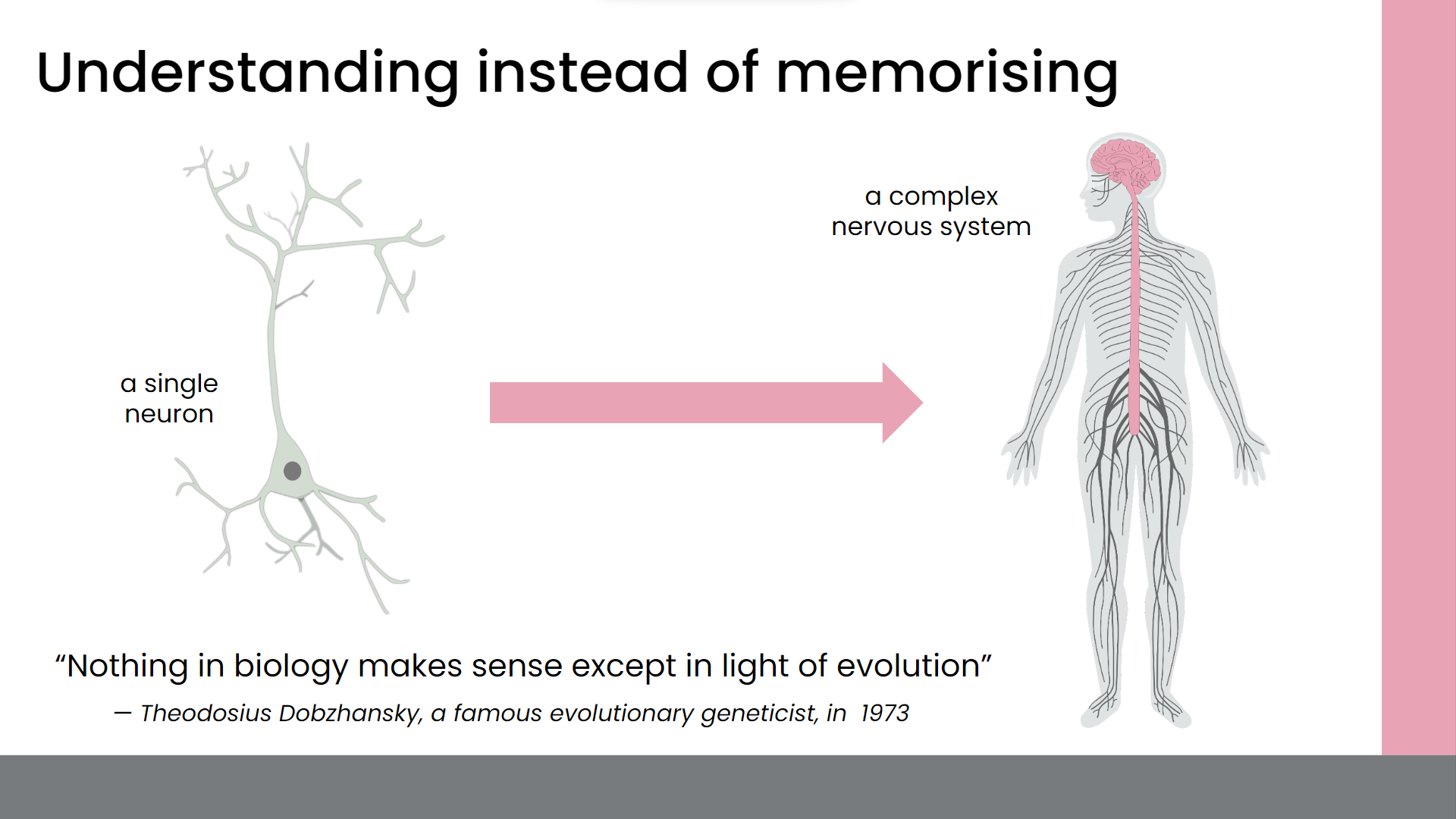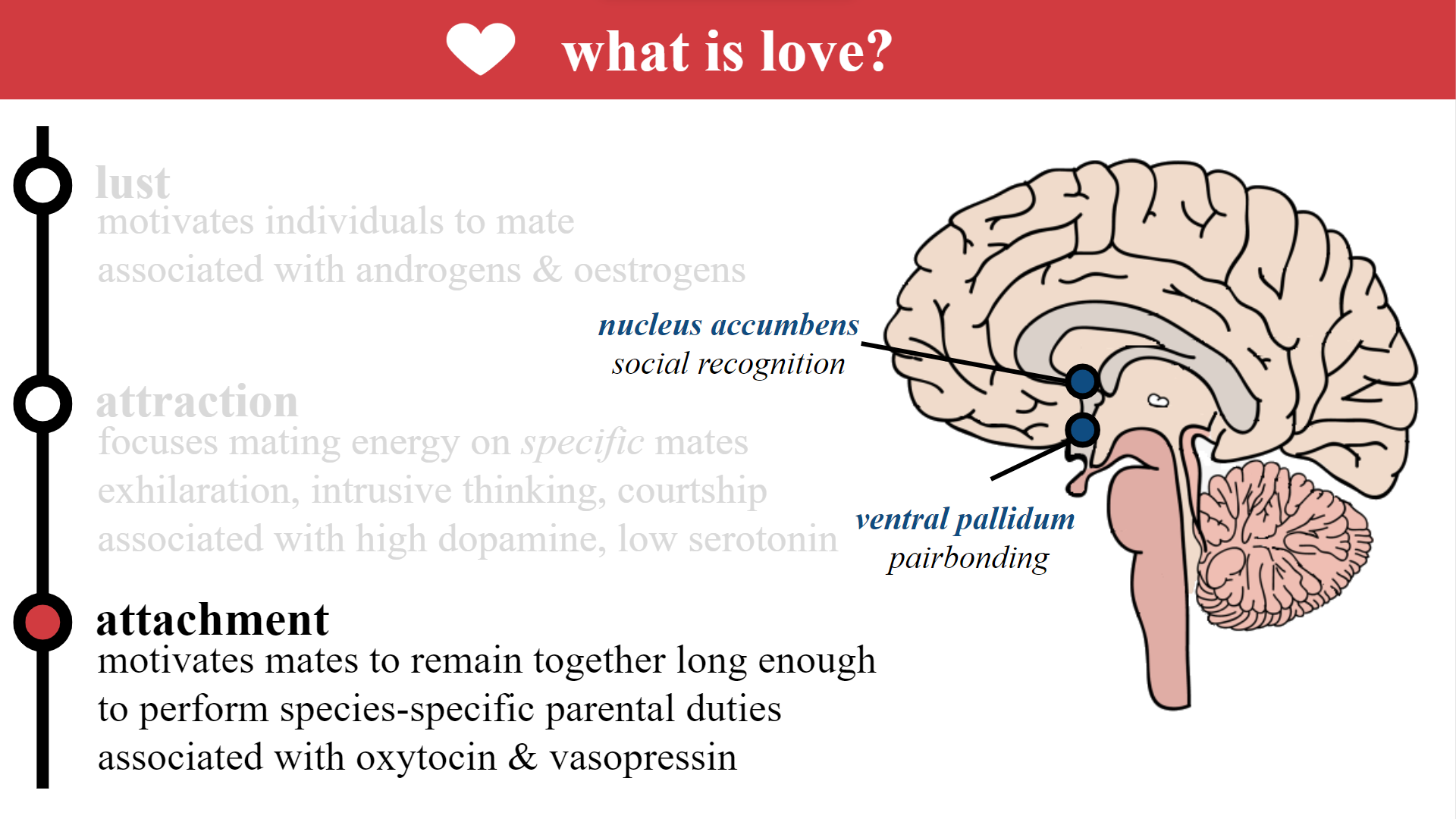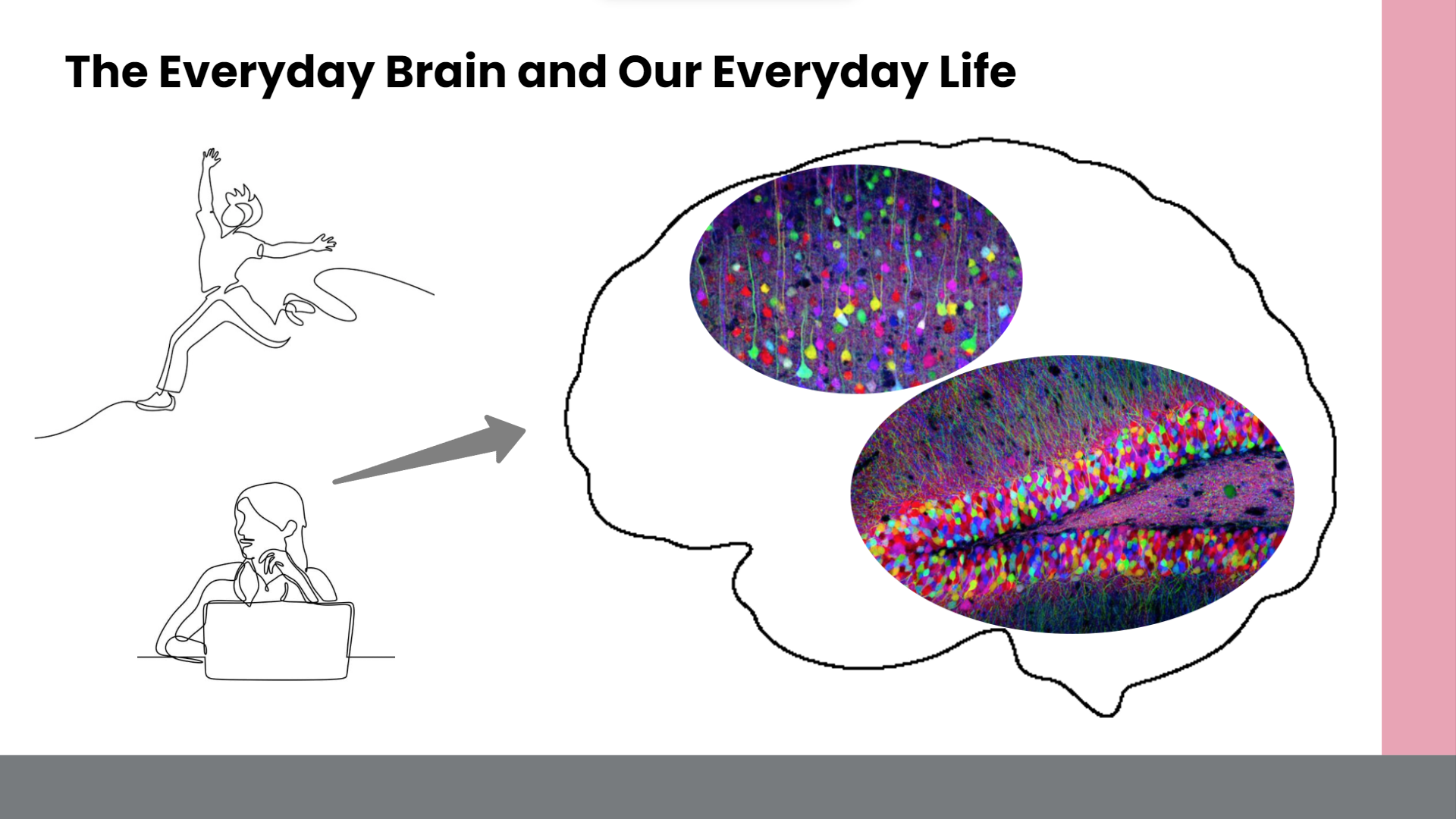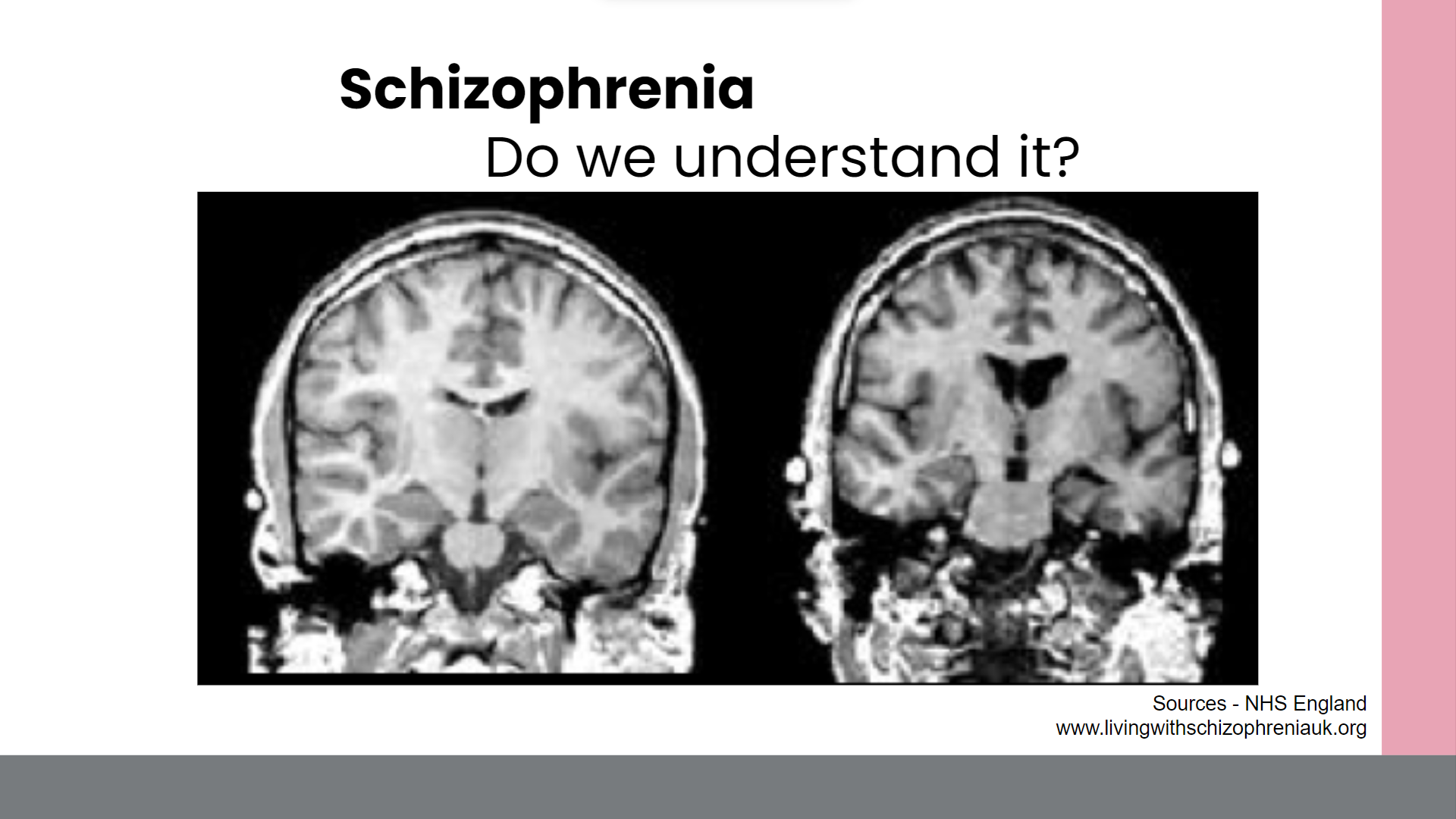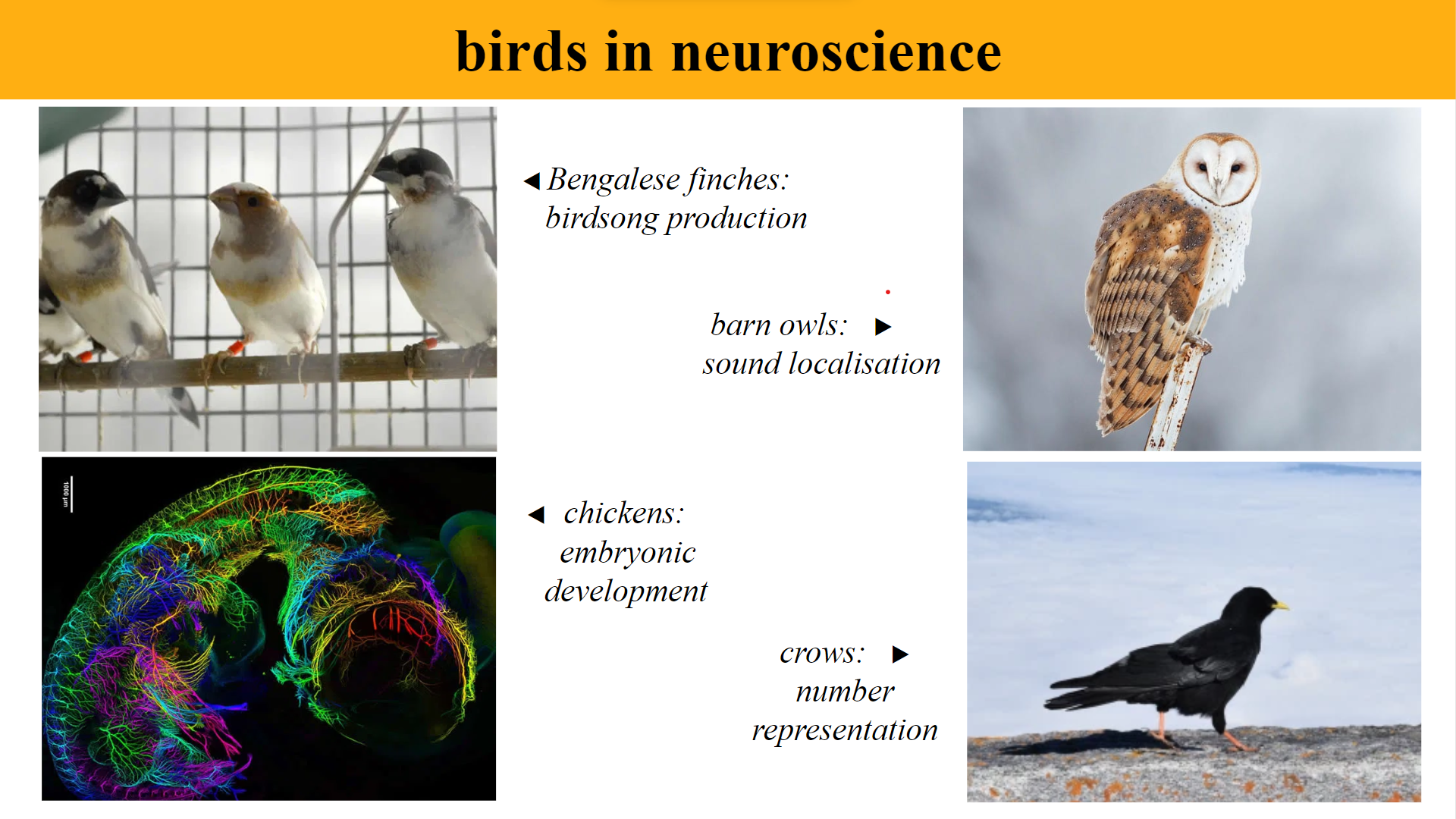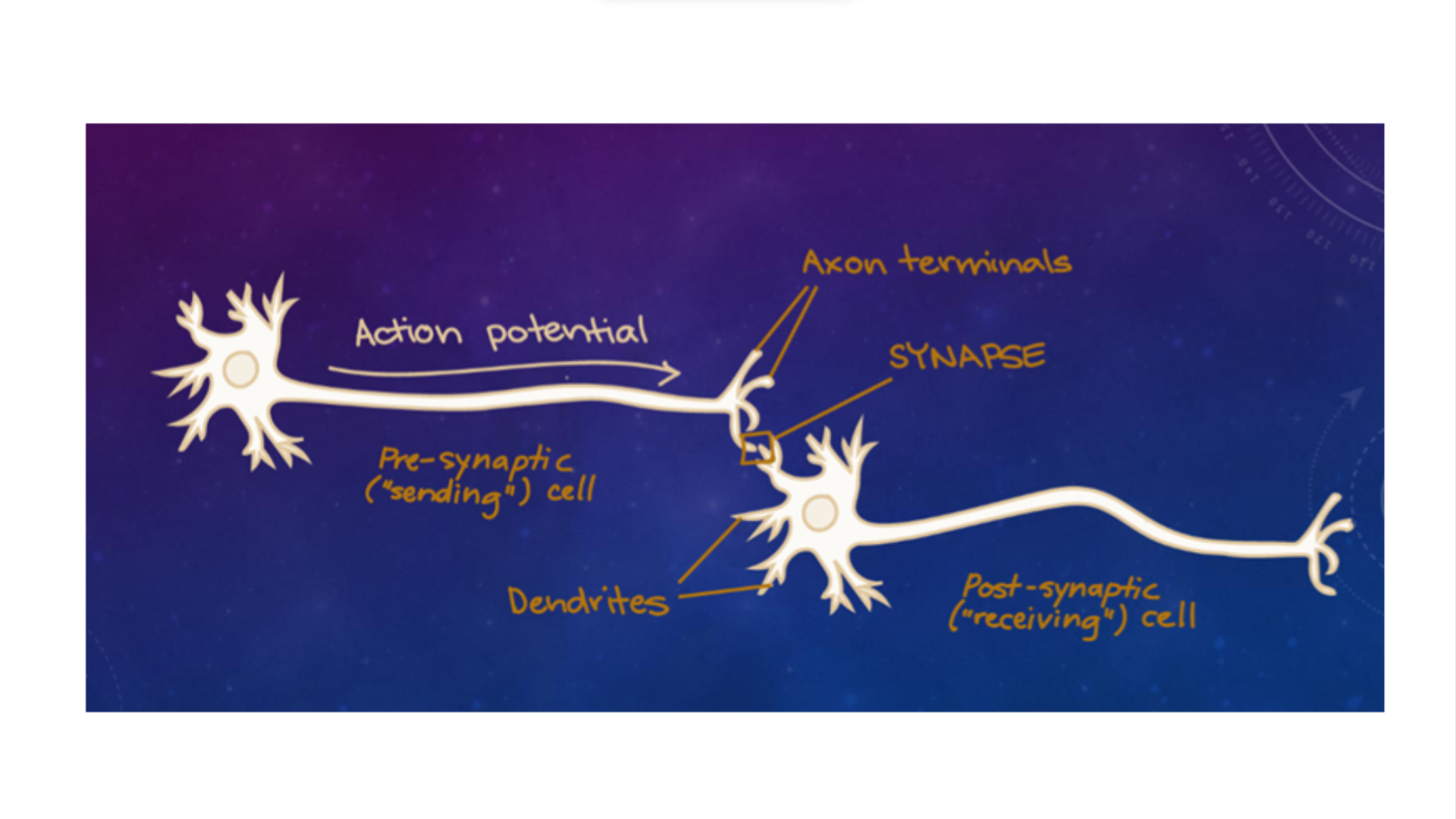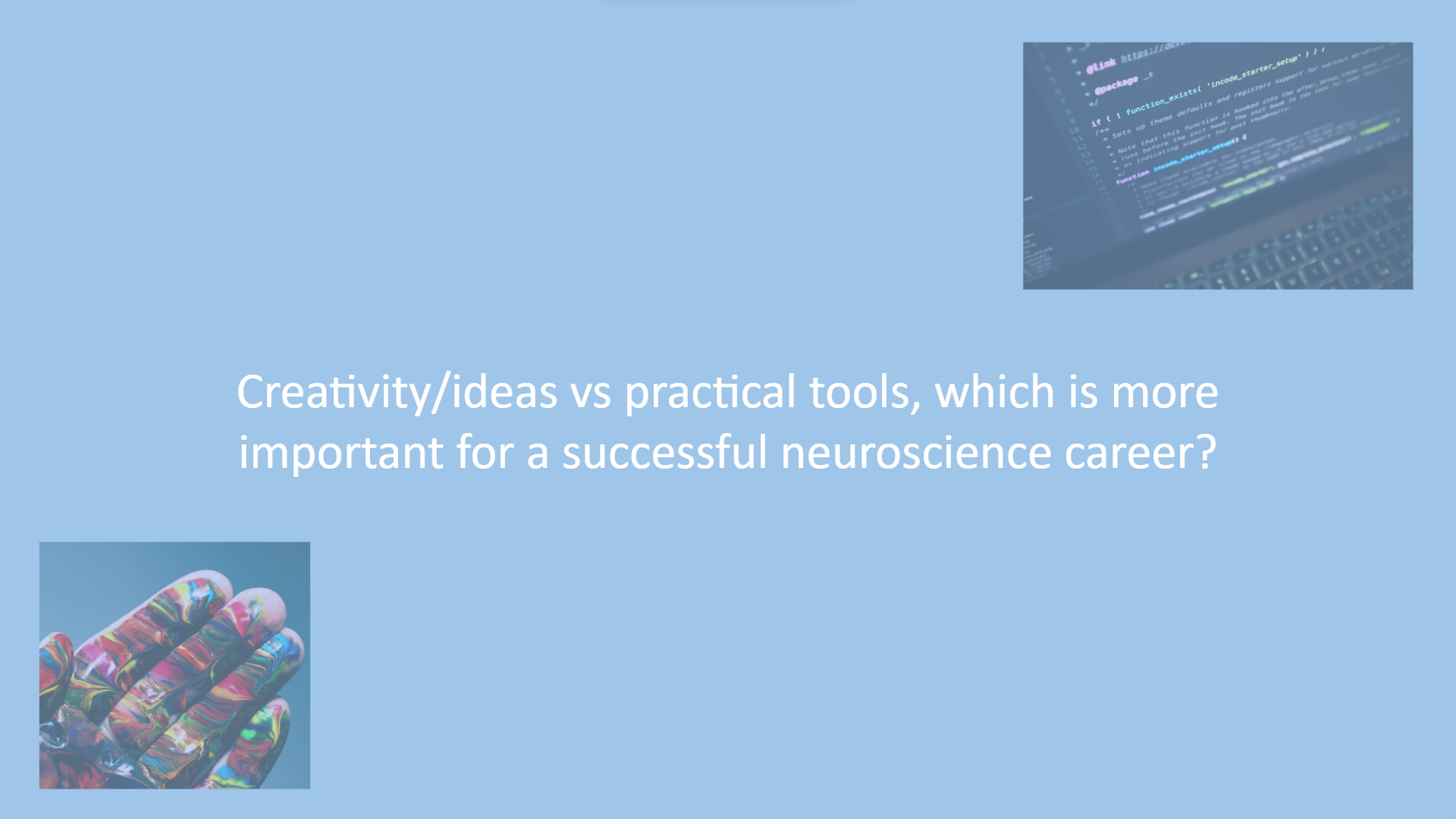
BrainCamp Lessons
Looking for resources to teach students about the wonders of the brain and the nervous system? Below we share neuroscience lesson plans and presentation slides to help structure your lessons and school clubs.
All resources on this page are provided courtesy of Dr Egzona Morina, founder of BrainCamp Kosovo and the Xheladin and Xhufe Morina foundation. Dr Morina and SWC PhD Students and Postdoctoral Fellows contributed to the contents of the lessons.
What is BrainCamp Kosovo?
Since 2018, SWC PhD Students and Postdoctoral Fellows have travelled to Kosovo to teach students, aged 14 to 18, about neuroscience over a one-week period each summer. Lessons have ranged from different cells types in the brain, to brain areas and their function, to artificial intelligence.
Content overview
Here is a brief overview of all the topics covered, with the specific aim of letting teachers know whether they are introducing a topic/concept for the first time or it has already be introduced elsewhere. It also contains the list of questions you can ask to your class for a thrilling debate.
Introduction to neuroscience
In a time crunch? Customised for a lesson that lasts 45 minutes to one hour, the below outlines guides teachers in providing students with a basic understanding of neuroscience concepts.
Basic neuroscience
This lesson covers the fundamentals of neuroscience, such as what a neuron is, how neurons communicate, what an action potential is, parts of a neuron (such as dendrites and axons), synapses, and more.
History of neuroscience
For thousands of years, human beings have wondered about what gives rise to intelligence, flexible behaviour, and more. This lesson goes through the key figures and experiments in history that paved the way for modern-day neuroscience.
Cell types in the nervous system
Of the billions of neurons in the brain, a significant number of them are not actually neurons. This lesson covers some of the other types of cells in the brain, such as glia, as well as how individual neurons communicate.
Sense and neuroanatomy
How do single neurons come together to form the entire nervous system, giving rise to the remarkable ways our body can adapt to the environment? How do our senses - such as taste, sight, or smell - work and how do different species use senses differently?
Senses, history, and daily responses
This three-part lesson presents the world of senses, neuroendocrinology, and key historical figures in neuroscience. What is the neuroscience of stress, hunger, or love?
Daily responses
This lesson takes a deep dive into how our brain responds to the day-to-day, from waking up from sleep to making a cup of tea. How does the brain execute the movement that we take for granted - reaching out to put the kettle on?
Neurological diseases
From Rett Syndrome and schizophrenia, to depression and chronic pain, this lesson covers the myriad ways that neurological diseases have been studied, treated, or can develop.
Use of animal models
This lesson covers the reasons why animal models are used in neuroscience, the historically most relied on animal models such as the mouse or zebrafish, useful properties to have in an animal model, and more.
Review
These slides cover the core concepts covered during the week of BrainCamp 2018 and 2019.
Discussion topics
What is consciousness? Is it unique to humans? Do we have free will? Should intelligent AIs receive human rights? A thought-provoking set of questions awaits for a discussion with your class.
